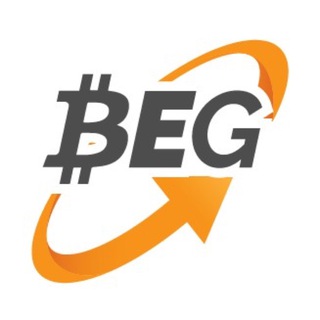As the price of Bitcoin hits a new all-time high of $67,000, the market cap of the largest stablecoin, Tether (USDT), has gone to surpass $70 billion in market cap. The majority of Tether’s 70 billion supply, 51.42%, is issued on Tron (TRX) blockchain at almost 36 billion, followed by Ether which has 33.85 billion USDT supply circulating on its blockchain. The rest of the USDT supply is scattered on other blockchains, including Omni, Solana, Algorand, EOS, Liquid, and SLP. After growing 41.7 billion in the first half of this year to nearly 63 billion, Tether supply had a pause until early August. After adding 8 billion in the next month, Tether supply growth has been resting yet again since early last month, only to come back into action in October as traders and investors try to chase the bulls. USDT’s dominance, however, has been on a decline ever since June last year when it was just above 86%. In the last 17 months, Tether’s stablecoin dominance has lost 30% of its share to now sit at 56.8%. Much of this has been lost to Circle's USDC, whose market share went from 8% to 25.7%. Amidst this growth, short-seller Hindenburg Research has launched a $1 million “bounty” program for information on the stablecoin company. “We feel strongly that Tether should fully and thoroughly disclose its holdings to the public.” “In the absence of that disclosure, we are offering a $1m bounty to anyone who can provide us exclusive detail on Tether’s supposed reserves.” Hindenburg also said that it did not hold any long or short positions on Tether, Bitcoin, or any other cryptocurrency. “This stunt from Hindenburg Research is a pathetic bid for attention,” Tether responded in a statement.
“Tether abhors and denounces their actions and transparent motives.”
Days before Hindenburg’s announcement, the US commodities regulator charged Tether with a fine of $41 million over falsely representing that USDT was fully backed by fiat currency. Tether did not admit or deny the wrongdoing. Recently, crypto lender Celsius Network also said that Tether issues new stablecoins in exchange for collateral in the form of crypto, such as bitcoin, as part of its lending program. “If you give them enough collateral, liquid collateral, Bitcoin, Ethereum and so on . . . they will mint tether against it,” said CEO Alex Mashinsky. “New USDT is issued for such loans,” and later destroyed when the loan is paid “so it does not permanently increase USDT in circulation.” Earlier this month, Bloomberg reported that Celsius had borrowed $1 billion worth of USDT from Tether. Mashinsky, meanwhile, further clarified that the loans of USDT are typically at least 30% overcollateralized. “We have a select, small group of customers that borrow USDTs in exchange for posting security. These loans are secured by collateral in Tether’s possession of well in excess of 100% of the loan proceeds and earn monthly interest,” Tether told FT, adding:
“This practice is common to other stablecoin issuers. This lending is undertaken narrowly, efficiently, securely, and profitably.”
 bitcoinexchangeguide.com
bitcoinexchangeguide.com